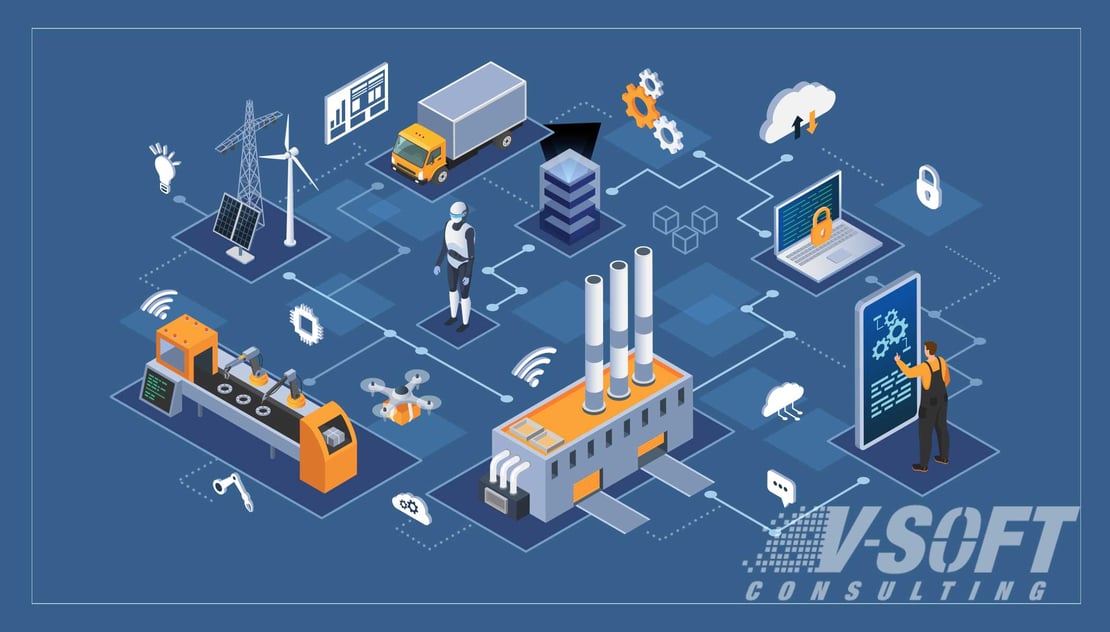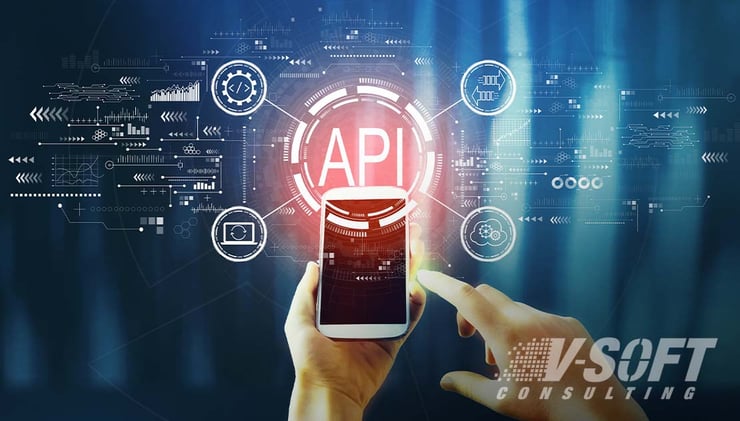Internet of Things (IoT) is not just a hot topic in the tech industry but also for companies that are planning on leveraging the latest technology trends to grow their business. IoT can bring visible changes to your business and transform it to improve business operations, reduce costs, and much more.
Let’s take a brief look at IoT and how businesses are utilizing this transformative technology.
What is Internet of Things and How Does it Work?
Internet of Things (IoT) refers to a network of devices connected to the internet that collect and transfer data over a network. From light devices such as shipping labels, lightbulbs, and sensors to heavy machinery or industrial equipment, everything can communicate with the internet to perform tasks and collect data. IoT has proven to be beneficial for businesses, and it can take on many roles. IoT provides the ability to collect data on different processes, even human behavior. The devices then transfer this data across a network and use this data to make strategic decisions or alert managers to negative conditions.
Enterprise leaders are realizing the importance of IoT in their respective fields and companies. IoT platforms are transforming industries. IoT is reducing waste in the food and beverage industry and providing superior operation intelligence to manufacturing operations. No matter what size your business is, IoT can deliver value.
Why do Businesses need IoT?
There are many reasons why businesses choose to implement IoT.
- Compete in their industries
- Increase productivity and efficiency
- Streamline workflows and save time
- Reduce costs
- Gather valuable data
- Make data-driven decisions
Before understanding how businesses can get started with IoT, it is important to understand why they need this technology.
In every industry, certain tasks and processes require continuous monitoring. IoT automatically collects performance data and monitors devices in real time, which can be used for predictive maintenance to avoid downtime and increase the productivity of machines.
Companies can leverage IoT technology to relieve their employees from time-consuming, repetitive tasks. It's more productive if workers can use their skills for more important and creative roles instead of having them manually monitor and collect data. Using IoT-powered sensors and cameras, companies can still monitor devices, even setting up automatic alerts if any data points stray from normal levels.
How Can Businesses Get Started with IoT?
Business transformation with IoT is an opportunity that should be taken to gain a competitive advantage. But implementing an IoT project can be a challenge. Here's how to get started.
1. Identify the Problem
For any project, it is vital to find the solution to a problem but to identify the problem and question why there is a need for the solution in the first place. What is the specific problem that you want to solve and how can IoT address it?
2. Break the Project into Phases
For major technology implementations, following traditional project management phases is key to success.
-
- Initiating
- Planning
- Executing and Controlling
- Closing
3. Use the Right Infrastructure
This mainly consists of two types of solutions; Hardware and Software. For a robust infrastructure, choosing the right hardware is crucial as IoT is all about the interconnection of devices. Decide what type of servers, and storage solutions you will need. Choose the database and software that you will use.
4. Pick Your Team Wisely
Technology projects of this scale can be complex and challenging and in such projects, multiple technologies are integrated together to provide a tailor-made solution. To handle such projects properly, a good, technically sound team and project manager play a vital role. The team will need to make strong technical decisions to ensure the success of the project.
Who should be involved in IoT implementation?
-
- Managers
- Workers and Trainers
- Data analysts
- IT Department
5. Keep Testing
Another crucial aspect of integrating IoT with your business is to find out how it's working and whether it is actually creating ROI. Testing is the best way to find out how well IoT is integrated with your systems and where the loopholes are so that they can be fixed quickly.
6. Focus on Security
IoT technology connects multiple devices mainly for data sharing. This exchange of information might carry sensitive data and requires a high level of cybersecurity. Focus on keeping your devices secure during and post-project completion.
7. Keep Updated
Like any other technology, IoT is also changing and more advancements are added to the technology for better results. And so, when you adopt a technology such as IoT you must continue to follow best practices.















